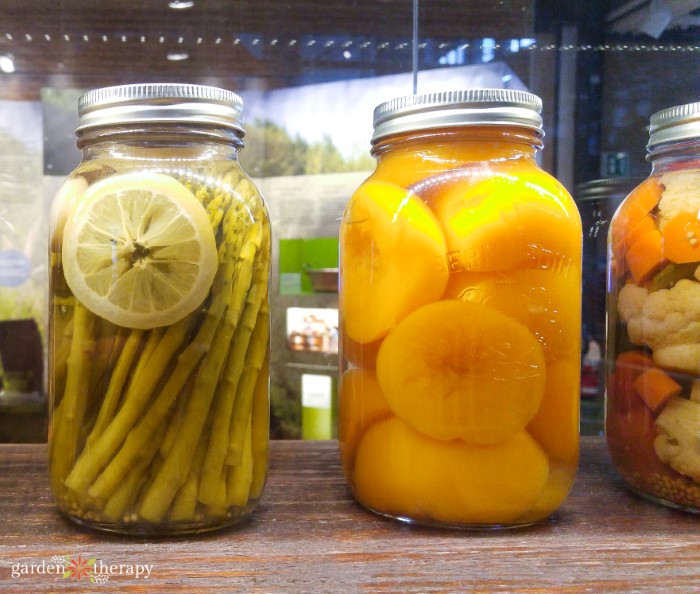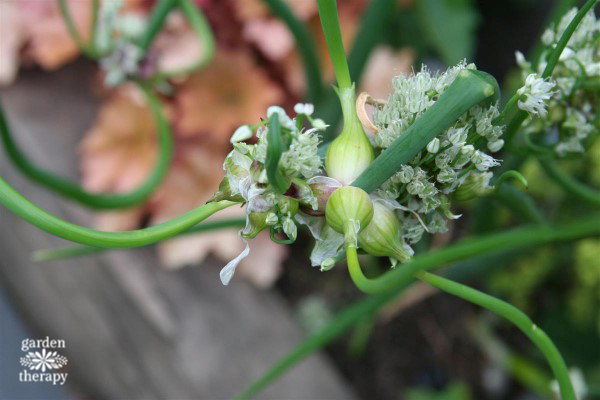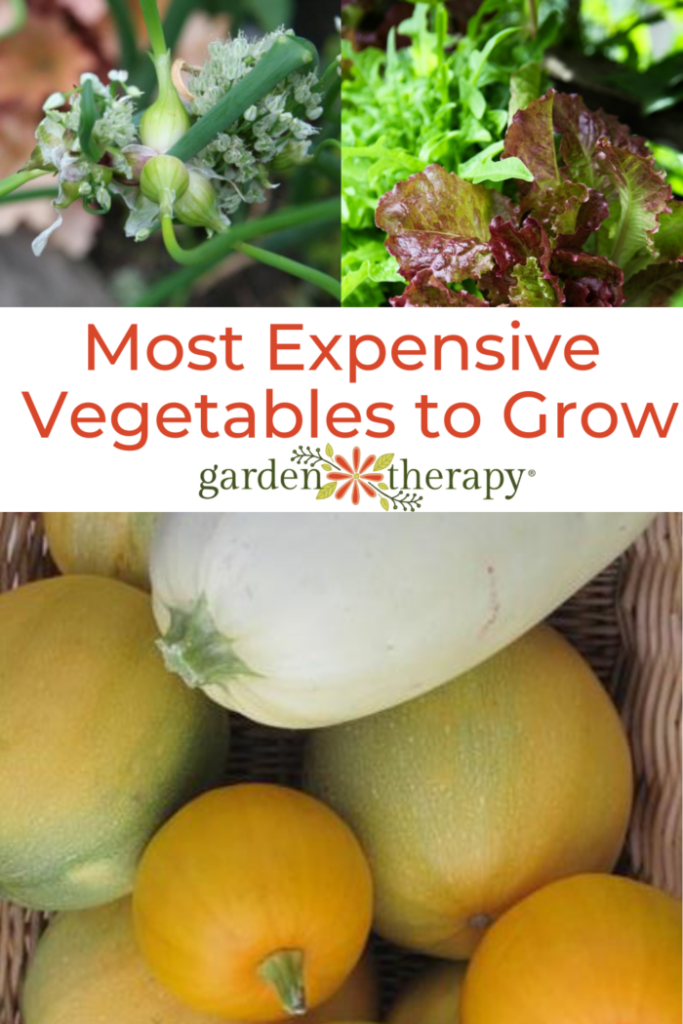Some vegetables just aren’t worth it! After you add up all the expenses from buying the seeds or plants, the water bill, and other supplies, you may have spent more money on the vegetables than if you just bought them from the store. These are some of the most expensive vegetables you might want to skip growing in your garden.
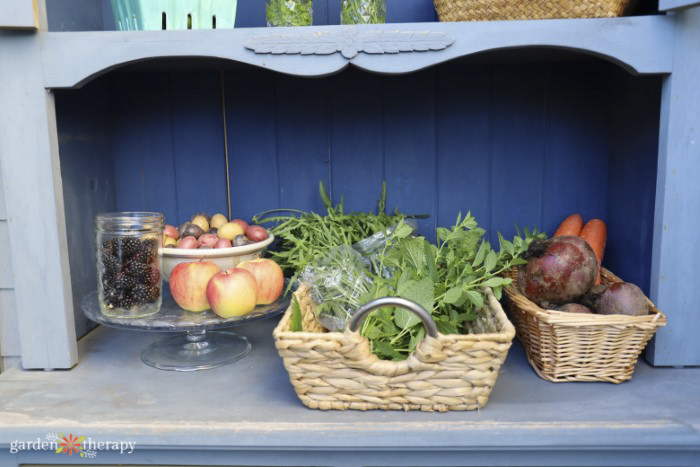
If you were to tour my garden, you might be surprised by how few vegetables I grow. In an urban garden, I’m very careful with what I choose to grow in my space.
The honest reason why? Many veggies just aren’t worth it.
These expensive vegetables, in my experience, are not worth the time, constant watering, seed starting, finessing, and space in your garden. Instead, I would buy them from the grocery store or farmer’s market!
But before I tell you what I’m passing on, let me say that everyone is different. These may be hard to grow where I live but easy where you are.
Alternatively, there’s pride and joy in growing your own produce. You may even get better flavours and heirloom varieties when you grow them yourself. Plus, you know exactly where it’s coming from and what went into growing it.
Jump ahead to…
- 7 Most Expensive Vegetables to Grow
- 1. Broccoli and Cauliflower
- 2. Cabbage and Head Lettuce
- 3. Corn
- 4. Melons
- 5. Winter Squash
- 6. Asparagus
- 7. Onions
- Frequently Asked Questions About Expensive Vegetables
- More Posts About Growing Food
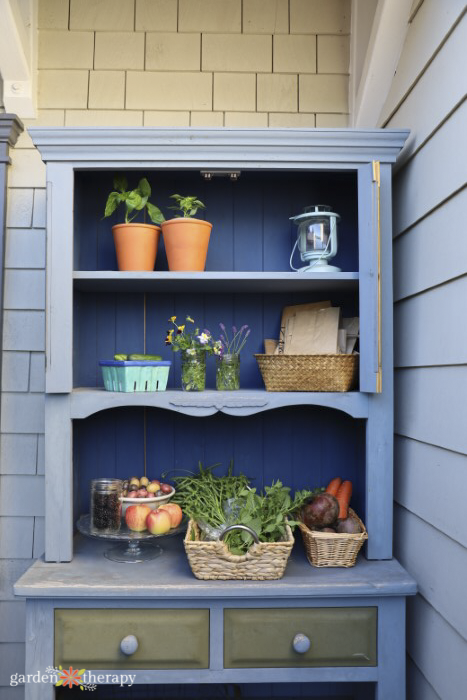
7 Most Expensive Vegetables to Grow
When I say most “expensive,” I mean that based on pure mathematics, these vegetables are not worth spending your time and gardening supplies on. You’d save more money by buying them from a farmer’s market or store!
Alternatively, make sure you check out this post about the cheapest vegetables to grow so you can plan your garden for harvest!
1. Broccoli and Cauliflower
Broccoli and cauliflower belong to the same family and have a similar growth pattern. Nine times out of ten, your homegrown broccoli and cauliflower won’t look anything like you see at the grocery store.
The vegetables may button, forming small heads instead of one big one. Cauliflower may also not appear pure white, but rather yellow and browning from conditions like not getting the right nutrients.
Both require a long growing season and are quite picky regarding temperature. Insects also like to eat broccoli and cauliflower, so you may have competition at harvest time.
2. Cabbage and Head Lettuce
Cabbage and head lettuce are not worth the headache. They have long growing seasons, take up lots of space, and often get eaten up by cabbage worms and aphids before you can have a bite yourself.
As far as cabbage goes, it’s also pretty inexpensive to buy at the grocery store. Head lettuce, however, is pricey these days.
It’s much easier to grow lettuce in containers where the bugs are less likely to eat them. Succession plant loose leaf and small leaf lettuce so you can harvest as you need rather than waiting for a head.
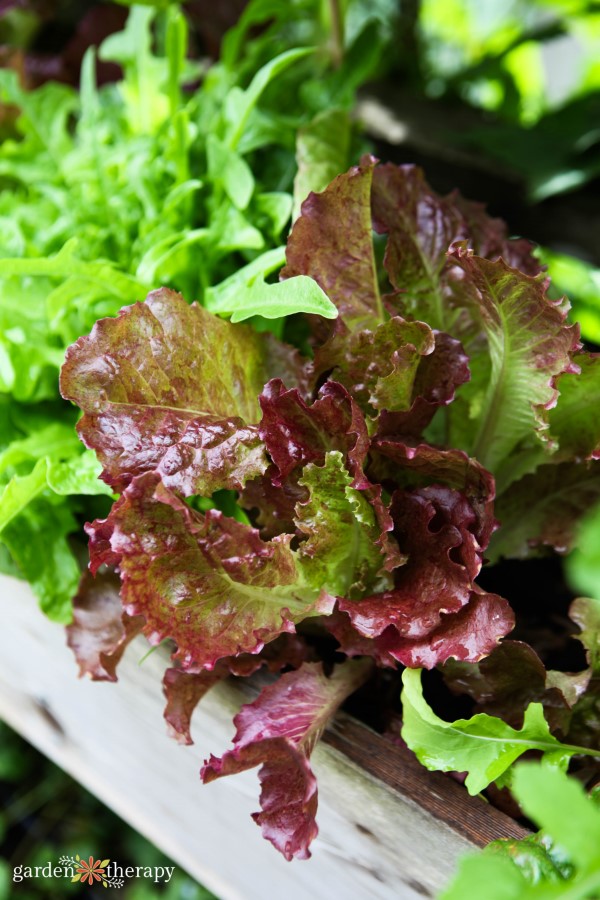
3. Corn
Corn takes up a whole lot of room for the amount of corn you’ll get. One plant only produces 2-4 ears of corn if you do well. Mice and squirrels also like to eat corn ears.
In my experience, corn is also difficult to grow. It takes a long time to get big enough and often won’t reach the soaring heights you see in corn mazes.
When it comes time to harvest corn, it’s very cheap to buy in stores. I’m talking $1 a corn cheap.
Fresh corn is very sweet, so I can only see it worth growing if you don’t live near a fresh supply of corn.
4. Melons
If you’re able to grow a melon, whether that’s watermelon or cantaloupe, good on you! For most of us with a cooler climate, you’re likely not going to have a long enough growing season to grow these fruits (I know, not technically a vegetable!).
However, if you do manage to grow one from seed starting or your climate allows it, the size of the plant and the amount of fruit you end up with usually aren’t worth the effort.
Unless fresh juicy watermelon is your favourite and you have room for it, pass on this one.
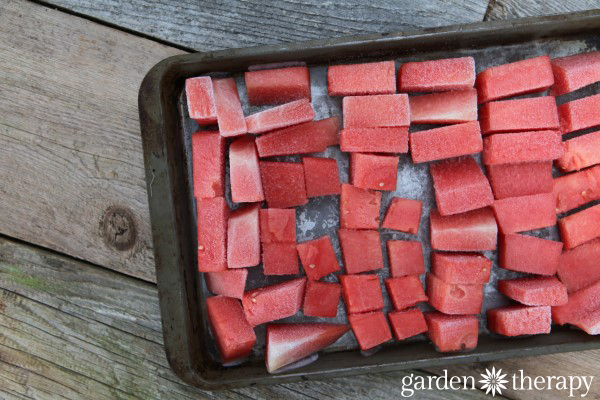
5. Winter Squash
Winter squash, such as pumpkins, butternut, acorn, and spaghetti, face similar space issues to melon. They sprawl quite a bit and don’t have a high yield. You can use a trellis and grow vertically for some varieties…but then you need a trellis!
Another huge issue with growing winter squash is dealing with squash vine borers.
On the plus side, growing squash can be fun due to its sheer variety of shapes, colours, and types.
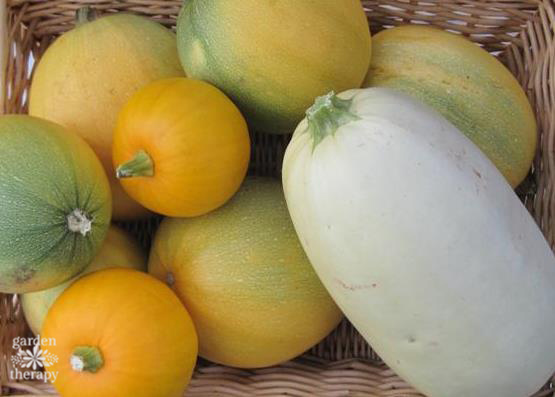
6. Asparagus
I go back and forth with asparagus. One on hand, it’s one of the most expensive vegetables to buy at the grocery store, so growing it yourself would seem like a good move for the wallet.
On the other hand, it takes quite a while to get a good yield. As a perennial, it takes a minimum of one year to get any asparagus and can take up to five to get a good-sized yield.
But if you don’t mind the long game, you could have a giving asparagus plant for 15 years or more.
7. Onions
Have you ever grown a plant that grows below ground, only to pull it up and be… disappointed (to say the least). Onions are rarely as big as when you buy them at the store or market, and they aren’t too pricey to buy, either.
Instead, I would recommend growing scallion seeds instead. This includes green onions, salad onions, and spring onions. These are cold hardy, and you can harvest them as needed.
Frequently Asked Questions About Expensive Vegetables
Grocery bills have risen considerably, and the produce department is no exception. Climate change is a big factor, according to scientists. Arizona is the main provider for many of North America’s leafy greens, and the droughts have resulted in lowered levels in the Colorado River which feeds many of the farms.
California is the USA’s top agricultural producer, and they have been seeing huge droughts the past few years (hello, wildfires). Now, they’re experiencing abnormal rain, which has affected the broccoli and cauliflower crops.
Some crops like predictability, making it increasingly difficult to keep specific crops happy.
Yartsa Gunbu is considered the most expensive vegetable in the world, a mushroom native only to Tibet. It can only grow on ghost moth caterpillars due to a parasitic fungus.
When shopping at the grocery store, some vegetables are almost always more expensive. This includes asparagus, rhubarb, red peppers, salad mixes, herbs, snap peas, artichokes, and anything out of season or that takes a long time to grow.
What vegetables do you pass on? Let me know in the comments below! Plus, make sure you check out this post about the cheapest vegetables to grow, and give your garden more bang for its buck.

